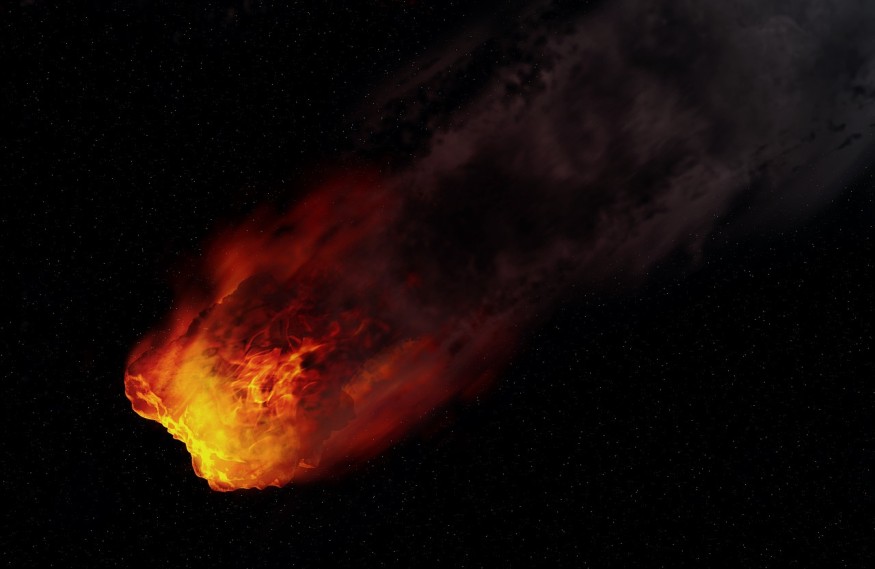NASA lead a simulated collision scenario at the 7th IAA Planetary Defense Conference this week where a near-Earth object is on the way to reaching our planet.
Although space is filled with objects of all sizes floating about, it appears that the chances of one of them colliding with Earth soon are slim to zero. However, Newsweek said the Center for Near-Earth Object Studies (CNEOS) at NASA's Jet Propulsion Laboratory isn't taking any risks.

There is no way to replicate a near-Earth object colliding with our planet physically. However, CNEOS explained in the Newsweek article that since deflection is unrealistic, they're considering destroying the near-Earth object with an explosive device.
The simulation also focused on coordinating efforts among different US federal agencies, international space agencies, and other decision-makers, research organizations, and emergency managers.
NASA's Near-Earth Object Simulation to Help Planetary Defense Community
NASA updated the participants throughout the simulation about the fictitious near-Earth object.
The space agency included the details about how quickly it's going, how large it is, the direction it's traveling across space, where on Earth it's expected to strike, and so on.
There's also a discussion highlighting potential impact consequences, ranging from a harmless in-air blast to a mass extinction event.
The participants also collaborated to make decisions and provide input for the next moves. There is an international consensus that a one-in-a-hundred-year chance of effect is the starting point for real-life reaction activities.
"Each time we participate in an exercise of this nature, we learn more about who the key players are in a disaster event, and who needs to know what information, and when," said Lindley Johnson, NASA's Planetary Defense Officer.
"These exercises ultimately help the planetary defense community communicate with each other and with our governments to ensure we are all coordinated should a potential impact threat be identified in the future."
The simulation concluded that a more sensitive near-Earth object survey, such as NEOSM or Rubin Observatory (LSST), will almost definitely have observed the scenario object before. The 7-year notice of imminent impact, they said, would have opened up a host of other theoretical outcomes.
Near-Earth Object Simulation Not The First Time
This isn't the first time NASA has engaged in a simulation like this; the experiment is part of the White House's National Near-Earth Object Preparedness Strategy and Action Plan, released in 2018. NASA has since taken part in many other impact simulations, several in collaboration with the Federal Emergency Management Agency (FEMA).
In addition, the simulation is about to get a bit more practical, with a real effort to deflect an asteroid in space set to begin this summer. If that sounds like Armageddon to you, you're not far off. NASA's DART mission is set to launch on one of SpaceX's Falcon 9 rockets in July or later, aiming for a near-Earth object named Didymos. The objective is to collide with Didymo's secondary body, a one-and-a-half-football-field-wide "moonlet" called Dimorphos, and alter its orbit around the primary body.
Let's hope it won't be needed anytime soon, if at all. In any scenario, there's no harm in wishing for the best when planning for the worst.
RELATED ARTICLE : Neil DeGrasse Tyson: Refrigerator-Sized Asteroid Could Hit Earth Soon
Check out more news and information on Space on Science Times.
© 2025 ScienceTimes.com All rights reserved. Do not reproduce without permission. The window to the world of Science Times.












